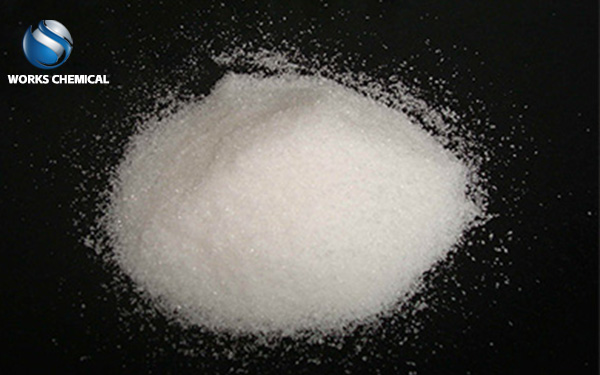
For a long time, problems such as heavy water and light mud, difficult disposal of sludge, and difficult conversion of resources have been difficult problems in the field of water treatment and even environmental protection. In June 2022, the National Development and Reform Commission and the Ministry of Housing and Urban-Rural Development issued the "14th Five-Year Plan for the Development of Urban Sewage Treatment and Resource Utilization", proposing equal attention to sludge and water, accelerating the improvement of sludge disposal facilities, solving the difficulties of sludge disposal, achieving harmless, and promoting resource utilization.

Sludge is a by-product of the biochemical and physicochemical treatment of sewage. Because sludge contains a large number of pollutants in sewage, the risk of environmental impact is greater. The sludge has the characteristics of high water content, high organic matter, fine particles, low density and hydrophilicity, and is easy to be transported by pipeline, but the dewatering performance is poor.
Sludge disposal refers to the final disposal of sludge after dehumidifying or removing organic impurities and killing pathogens. On the one hand, through concentration and dehydration, the water content of the sludge is reduced as much as possible, which is easy to transport; The stability of organic matter can avoid secondary pollution caused by corrosion.
The industry believes that the reduction of the depth of "dehydration and drying" is an important basis for sludge treatment to better achieve the comprehensive utilization and final disposal of sludge. In addition, it should be noted that the sludge can be roughly divided into three categories according to the source: water supply sludge, domestic sewage sludge and industrial wastewater sludge. Different industries, different sources of sludge water content is different, need to carry out a certain dehydration treatment.
At present, the common sludge dehydrating agents on the market are mainly: polyacrylamide, polyaluminum chloride, lime and other traditional sludge dehydrating agents. Although these agents can reduce the moisture content of the sludge, they still cannot achieve deep dehydration of the sludge. The effect is that the water content of the sludge treated with its agent is more than 70%-80%. Secondly, this traditional dehydration agent is not only a large amount, but also causes certain corrosion to the dehydration equipment.
Sludge dehydrating agent is a kind of chemical agent which can change the surface structure of sludge, reduce the solid surface load of sludge, reduce the specific surface area of sludge and destroy the structure of bacteria. The main components are inorganic compounds, sludge surface structure modifier, degreaser, wall breaking agent, sludge surface treatment agent, sludge stripping agent and so on. Combined with the plate and frame type mud press, the moisture content of the sludge can be greater than 90% ~ 40%-60%, and the sludge reduction can be fully realized.
The main components of sludge dehydrant change the surface properties of sludge through synergistic action, reduce the specific surface area of sludge, destroy the cell wall and cell membrane, release intracellular water, remove free water, bound water, capillary water and most biochemical sludge. Intracellular water.
If there is no effective chemical conditioning and modification, the sludge can no longer be deformed after being squeezed to a certain extent, and it is difficult to combine the water pressure under great pressure. On the basis of effective conditioning, high pressure can speed up the dehydration rate and improve the dryness after pressing.